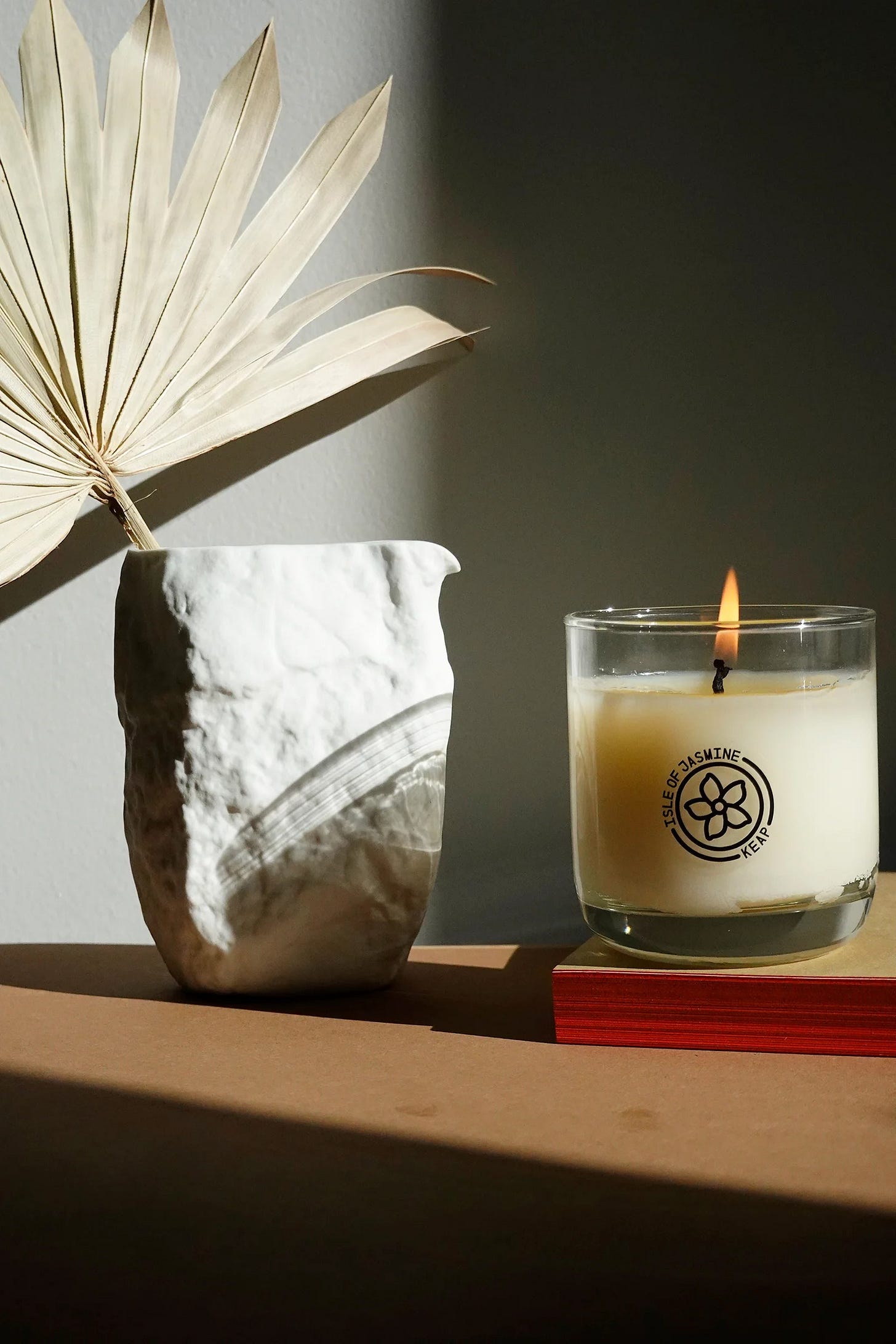The buzzy candle brand that quit Instagram and never looked back
Sitting down with Keap Candles founder Harry Doull on why leaving Instagram was the smartest business move they ever made.
A year ago, I wrote my most popular Substack essay yet about the pressure to be online to stay relevant. Whether you’re a brand, a niche creator, or just a mom with a private account, the demand to stay visible truly never lets up.
When I wrote that essay, I’d set out to find a modern brand thriving without Instagram. I couldn’t find one back then.
But th…





